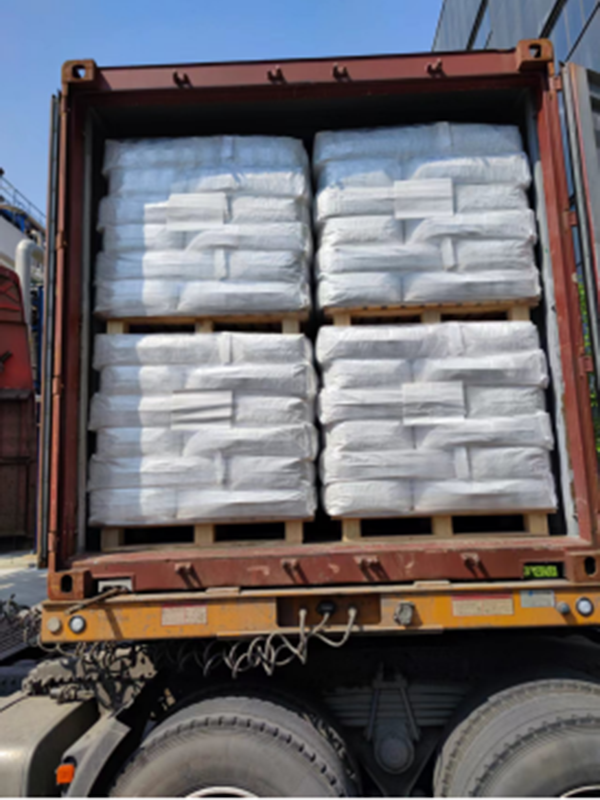Character:Hydroxyethyl Cellulose (HEC CAS:9004-62-0) is a white or yellowish odorless, odorless, and easily flowing powder. Soluble in both cold water and hot water, but generally insoluble in most organic solvents. The pH value changes slightly in the range of 2-12, but the viscosity decreases beyond this range.
Value:Hydroxyethyl Cellulose (HEC CAS:9004-62-0)is a commonly used thickener for cellulose ether based organic water-based inks. It is a water-soluble nonionic compound that has good thickening ability for water, can be degraded by oxygen, acids, and enzymes, and can be crosslinked by Cu2+under alkaline conditions. It is thermally stable, does not appear gel during heating, does not precipitate under acidic conditions, and has good film-forming property. Its aqueous solution can be made into transparent films, which can be formed by the action of alkaline cellulose and Chemicalbook ethylene oxide, and has the properties of thickening, emulsification, adhesion, suspension, film-forming, moisture retention, and colloid protection. The role of thickeners in water-based inks is to thicken them. Adding thickeners to the ink increases its viscosity, which can improve the physical and chemical stability of the ink; Due to the increase in viscosity, the rheology of the ink can be controlled during printing; The pigment and filler in the ink are not easy to precipitate, increasing the storage stability of water-based ink.
Production Method:Alkali cellulose is a natural polymer that contains three hydroxyl groups on each fiber base ring. The most active hydroxyl group reacts to produce hydroxyethyl cellulose. Soak the raw cotton linter or refined pulp in 30% liquid alkali, and take it out for pressing after half an hour. Press until the alkaline water content reaches 1:2.8, and then crush it. The crushed alkali cellulose is put into the reactor, sealed, vacuumed, and filled with nitrogen. Chemicalbook repeatedly vacuumed and filled with nitrogen to replace all the air in the reactor. Press in precooled ethylene oxide liquid, pass cooling water into the reactor jacket, and control the reaction temperature to about 25 ℃ for 2h to obtain a crude hydroxyethyl cellulose product. The crude product is washed with alcohol, neutralized with acetic acid to pH 4-6, and cross-linked with glyoxal for aging. Then wash with water, centrifuge, dehydrate, dry, and grind to obtain hydroxyethyl cellulose.



Post time: Mar-28-2023




